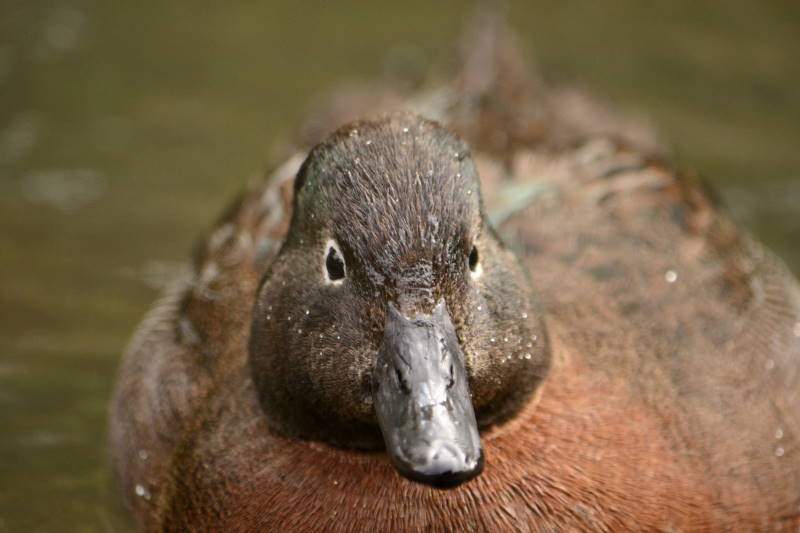Media release
From:
Urgent Action Needed to Prevent Extinction of Pāteke on Aotea Great Barrier Island
A new study has revealed that the remnant population of the endangered pāteke/brown teal on Aotea Great Barrier Island is at serious risk of extinction within the next century. The study has found there is a 46% likelihood of the bird disappearing entirely and a 99% chance of dwindling to fewer than 50 individuals.
The study, lead authored by Dr Finnbar Lee of Cawthron Institute, used population viability analyses and species distribution modelling to investigate the drivers of pāteke decline and the most effective conservation strategies.
Dr. Lee said the findings highlight the importance of targeted conservation.
“We’ve known for a long time that pāteke have been struggling, but this research quantifies just how serious the situation is. The key to slowing their decline is protecting adult birds, as our modelling shows this has the biggest impact on population growth,” Dr. Lee said.
The study also examined pāteke’s historical range, revealing that these unique waterfowl were once widespread across much of coastal Aotearoa. This underscores the potential for re-establishing populations in regions where they once thrived.
Miss Hayley Alena, a contributor to the study from The University of Auckland’s School of Environment, said the research highlights the complex interplay of factors contributing to the decline of the pāteke.
“Population declines are rarely caused by a single issue, and pāteke are no exception. Habitat loss, fragmentation, and introduced predators have all played a role in their downfall. The good news is that although multiple threats have led to their decline, multiple conservation actions can be taken to help bring them back,” Miss Alena said.
With fewer than 2,500 pāteke remaining across Aotearoa, an immediate scaling up of conservation and management efforts is required to protect this unique species.
"It’s clear that a multi-pronged approach is needed, including predator control, habitat restoration, and expanding the population into historically occupied areas.” Dr. Lee said.




 New Zealand
New Zealand


